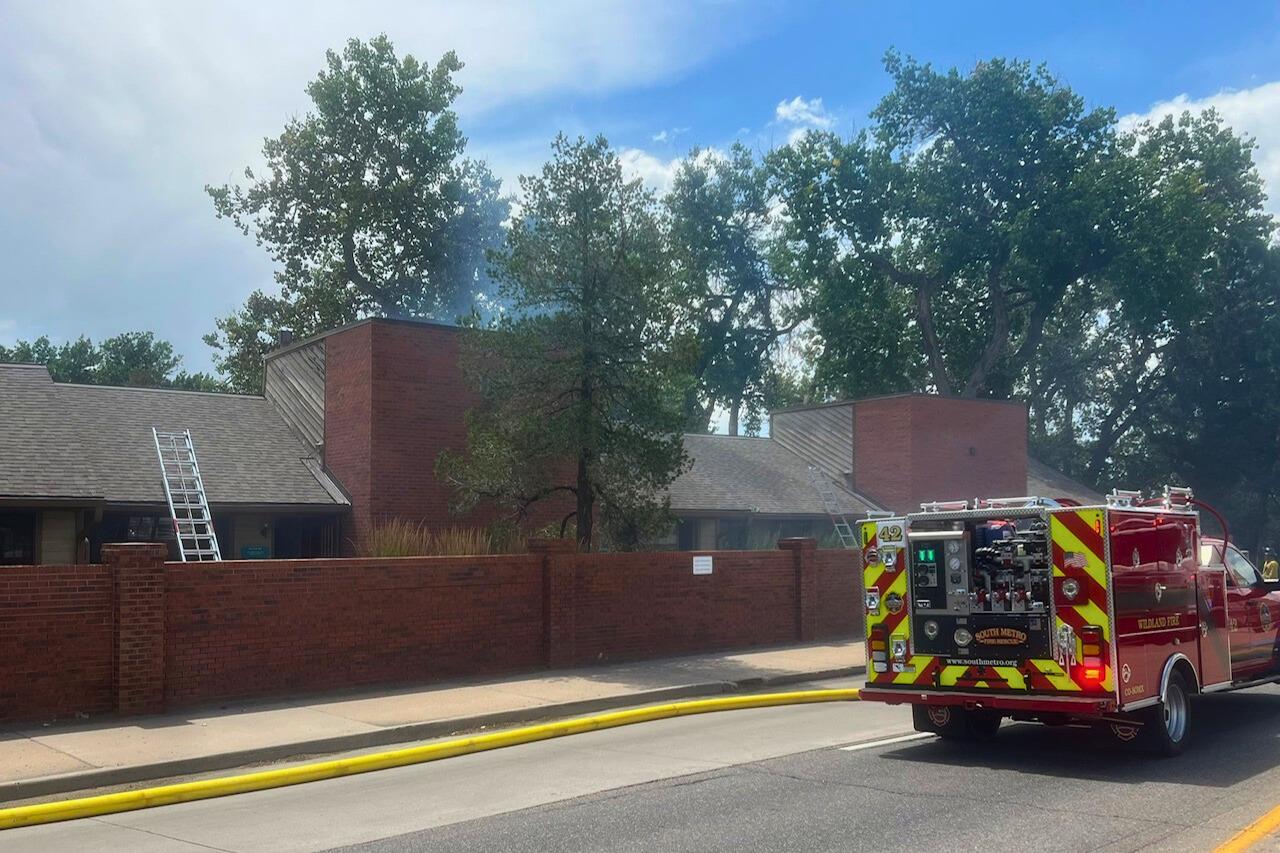By Nic Garcia, Chalkbeat
Three years after Colorado introduced new, more demanding standardized tests, student performance statewide is slowly ticking up, according to data released Thursday.
Most students still are falling well short of meeting the state’s expectations on the PARCC math and English tests, which are meant to measure whether students are on track to be prepared for life after high school.
But state officials applauded progress: 42 percent of students who took the tests last spring met the state’s learning goals in English, and 33 percent met them in math. That’s an increase of about 2 percentage points in both subjects since 2015, the first year the tests were given.
The state’s poorest students continue to academically lag behind their more affluent peers by wide margins. The gaps remain wide — some as large as 30 percentage points — and are generally not tightening because all students are making progress at about the same rate.
Only 27 percent of Colorado fourth-graders who qualify for subsidized meals at school met grade-level expectations on the English test, while 58 percent of their more affluent peers made the grade.
“We are pleased to see performance improvements by so many students across Colorado, and we know this only comes after a lot of hard work and dedication from educators, parents and students,” Katy Anthes, the state’s education commissioner, said in a statement. “At the same time, our focus on our historically disadvantaged students must remain a top priority. In too many cases, those groups are not showing gains at a pace that will allow them to catch up, so CDE will increase our focus on providing support to our districts and schools to help them with this challenge in the next few years.”
Those results were part of a trove of student testing data released Thursday by the Colorado Department of Education.
Besides achievement data from the state’s English and math tests, the department also released results from its science and social studies tests, and the PSAT and SAT tests that high school sophomores and juniors take. Additionally, the state released student growth data, which measures how much students learn during an academic year compared to other students who scored similarly to them on tests the previous year.
Results for individual students are shared with families, and collectively the state uses them to rate school quality. Some districts use the results in evaluating teachers — one reason the tests are controversial.
About 555,000 students between the third and 11th grades took state tests last spring.
On PARCC, participation rates ticked up slightly and ranged from 96.4 percent in the third grade to 76 percent in the ninth grade statewide. Since Colorado began giving the exams in 2015, schools especially in affluent suburbs and rural areas have struggled to meet a federal requirement of testing 95 percent of their students.
This year’s results were released earlier than in past years, and more data was released at one time. One criticism of PARCC has been how long it’s taken for results to be available.
Data transparency activists, however, are sure to cringe at array of school level results that won’t be made public due to ongoing concerns about student privacy. More than 20 percent of the results released from PARCC exams were redacted to ensure the public cannot identify an individual student’s results.
The state does this by following a complex set of rules that is set off if fewer than 16 students at a school score in a particular range. Before the state adopted these rules, it would only redact results if fewer than four students had the same score at a school.
“The new tests were supposed to provide better information about what is working and now we know far less,” said Van Schoales, CEO of A+ Colorado, an education watchdog group. “It’s outrageous that CDE has arbitrarily hidden so much of the achievement data making it difficult to know whether schools or districts are working. Only through knowing what works will Colorado educators be able to improve our schools.”
There are other limitations to what the state releases. Ninth-graders can take PARCC math tests of varying degrees of difficulty. That, along with lower student participation rates on 9th grade tests, make comparisons next to impossible. This will be the last year that issue arises: This spring year, all 9th graders will take a version of the PSAT.
In fact, Colorado is beginning a transition away from PARCC tests in all grades starting this year.
District achievement results
Officials in the state’s largest school district, Denver Public Schools, were celebrating its positive test results.
The 92,000-student district, which serves a majority of low-income students, inched closer to meeting state averages on the tests. The number of students who met the state’s proficiency bar on the state’s English test climbed in every grade. Math results were more mixed. Scores went up on six of the state’s 11 tests.
Aurora Public Schools, the only school district at risk of facing state intervention next year if its quality rating doesn’t improve, showed increases in the number of students meeting or exceeding expectations on several tests across multiple grades including big increases for eighth-grade English tests and fifth-grade math.
But among the state’s ten largest school districts, Aurora continued to post the lowest scores. For example, only 25 percent of fourth graders in the 41,000-student district met the state’s expectations on the English test.
Progress was also mixed at school districts that serve large at-risk student populations and have a history of chronic low performance on state exams.
Westminster Public Schools was one of the only districts in the metro area in which English language learners are still performing worse on state tests than native English speakers. The low-performing district saw increases in how many students met or exceeded expectations on many tests, including in eighth-grade math and fifth-grade English.
More detailed district and school-level data is expected within a month that will detail achievement gaps between different student groups, state officials said.
Growth
A student’s growth percentile, which ranges from 1 to 99, indicates how that student’s performance changed over time, relative to students with similar performances on state assessments. Put another way, growth is calculated by measuring how students progressed compared to students who had similar scores to them on tests given a year earlier.
This data, which makes up the majority of a school’s or district’s state quality rating, helps provide a better understanding of how students are progressing, not accounting for whether they are proficient.
The state average growth score is always at the 50 percentile, so any growth score above that is considered positive. A score of 50 represents about a year’s worth of learning.
As with achievement scores, the state’s poor students are behind their more affluent peers in academic growth. Students qualifying for free or reduced-priced lunches hit the 48th percentile on English tests and the 46th percentile on math. Students that don’t qualify hit 52nd percentile on English tests and 53th percentile on math.
Students in Denver continued to post strong academic growth scores, leading the state’s five largest school districts in that measure.
“Every year for the past seven, in every subject, our kids have shown more growth than their peers across the state,” said Denver Superintendent Tom Boasberg. “This year was our best growth year ever.”
Meanwhile, students in the wealthier south suburban school district of Cherry Creek fell below the state average on growth on English tests, according to the state data. While other nearby school districts were closing growth gaps between their poor and more affluent students, the gap on English tests in Cherry Creek widened by a point.
Judy Skupa, Cherry Creek’s assistant superintendent, said the district will spend time analyzing its growth data but won’t rush to make sweeping changes based on one year of data.
“Like with anything else, it’s about the trend,” she said.
– Chalkbeat reporters Melanie Asmar and Yesenia Robles contributed.













